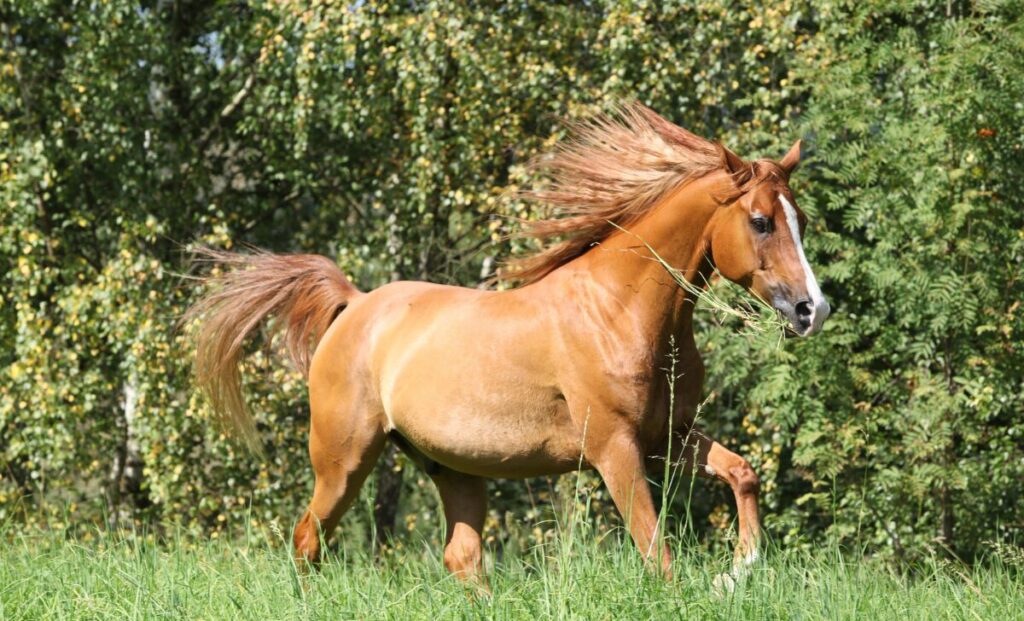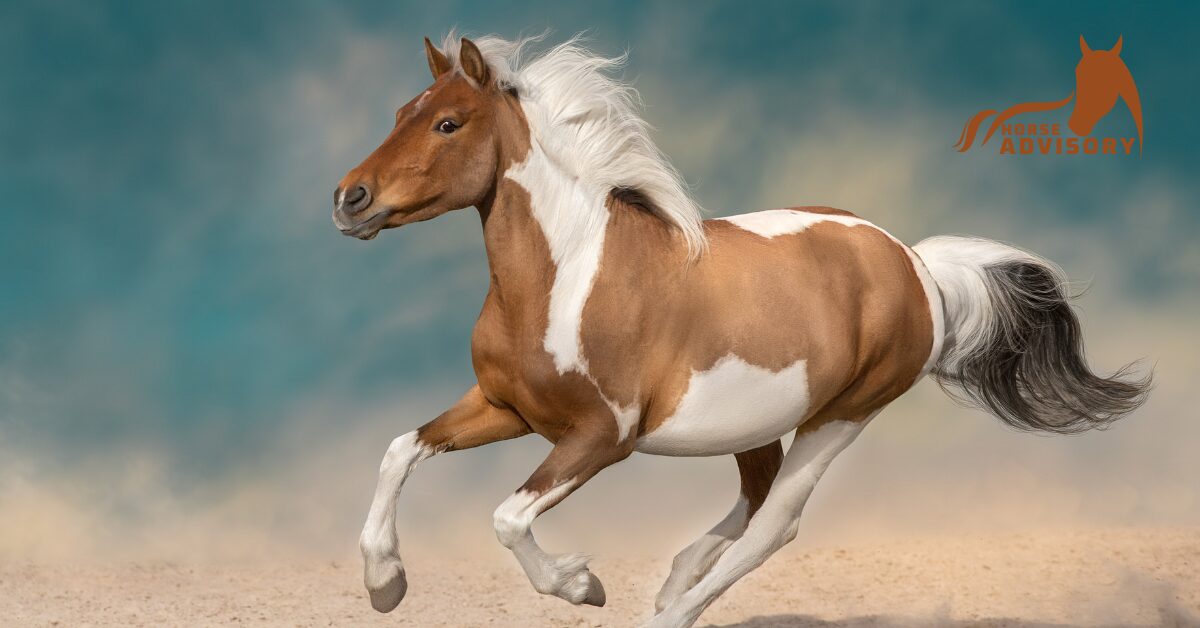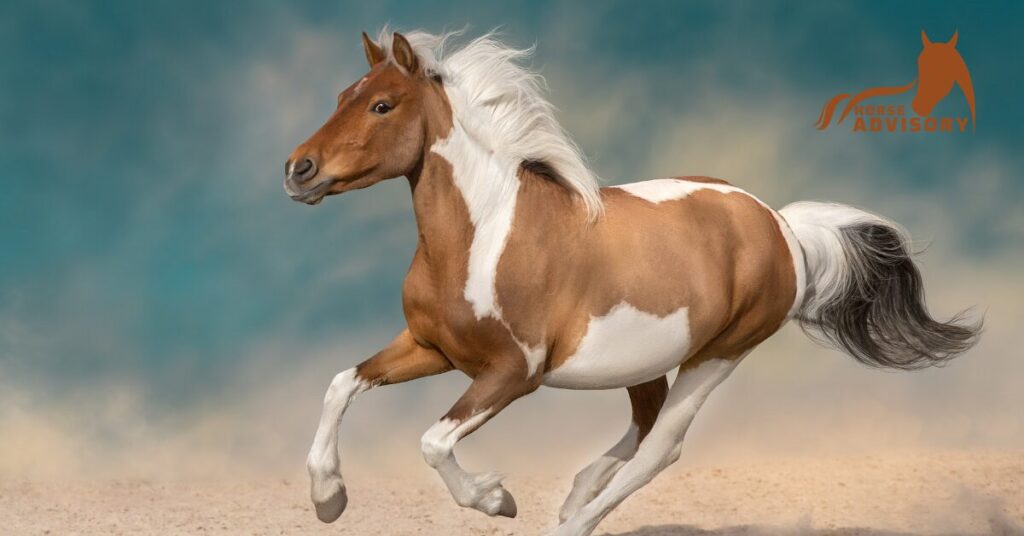Groundwork is the foundation of a successful training journey with your horse. It establishes communication, builds trust, and sets the stage for more advanced training. For Arabian horses, known for their intelligence and sensitivity, groundwork is especially beneficial. This blog will guide you through the essentials of starting groundwork with your Arabian horse, covering everything from basic exercises to overcoming common challenges.
Understanding Groundwork
Groundwork involves training and handling your horse from the ground, focusing on establishing mutual respect and clear communication between you and your horse. The primary purpose of groundwork is to teach your horse to understand and respond to your cues, creating a foundation of trust and obedience.
This form of training encompasses various exercises and techniques that emphasize responsiveness, control, and flexibility. Groundwork lays the groundwork—pun intended—for all future training, ensuring that your horse is well-prepared for under-saddle work and other advanced activities. It helps in addressing behavioral issues, improving manners, and developing a strong, positive relationship with your horse.
For Arabian horses, groundwork is especially advantageous due to their natural intelligence, sensitivity, and responsiveness. Arabians are known for their quick learning abilities and keen awareness of their surroundings, making them highly receptive to groundwork exercises. This type of training leverages their innate qualities, allowing them to become more attuned to their handler’s commands and cues. Groundwork helps in channeling their energy positively, reducing anxiety, and increasing their confidence. By engaging in consistent groundwork, you can enhance the mental and emotional well-being of your Arabian horse, leading to a more harmonious and cooperative partnership.
Preparing for Groundwork
Before you start groundwork with your Arabian horse, it’s essential to prepare adequately. Proper preparation ensures a safe and effective training session. Here’s a detailed guide to help you get ready:
Essential Equipment
To begin with, gather all the necessary equipment to ensure comfort and safety for both you and your horse:
- Halter and Lead Rope: Choose a well-fitted halter that is neither too tight nor too loose. A leather or synthetic halter works well. The lead rope should be long enough to allow some distance but sturdy enough to give you control. Opt for a lead rope that is at least 10-12 feet long.
- Lunge Line and Whip (for advanced exercises): A lunge line helps in maintaining control during lunging exercises. A lunge whip, used correctly, can help direct your horse’s movements.
- Protective Gear: Consider leg wraps or boots for your horse to protect against knocks and scrapes during training sessions.

Choosing a Suitable Training Area
Selecting the right environment for groundwork is crucial for safety and focus:
- Safe Enclosure: Use a round pen or a securely fenced arena. The area should be free from obstacles, sharp objects, and other hazards that could injure your horse.
- Ground Surface: Ensure the ground is even and has good footing. Soft but firm surfaces like sand or soft dirt are ideal as they provide good traction without being too hard on your horse’s joints.
- Distraction-Free Environment: Choose a quiet area away from loud noises, other animals, and activities that might distract or startle your horse.
Safety Considerations and Precautions
Safety should always be your top priority when working with your horse:
- Personal Safety Gear: Wear appropriate footwear with a closed toe and a good grip to protect your feet and prevent slipping. Gloves can help you maintain a good grip on the lead rope and prevent rope burns.
- Awareness of Body Language: Always pay close attention to your horse’s body language. Signs of discomfort or agitation (such as pinned ears, swishing tail, or raised head) can indicate that your horse is stressed or may react suddenly.
- Consistent Signals: Use clear and consistent commands and body signals. Consistency helps your horse understand what is expected and reduces confusion.
- Emergency Preparedness: Have a plan in case of emergencies. Keep a first aid kit handy for both you and your horse, and know the contact information for your veterinarian.
Building a Connection
Establishing trust and rapport with your Arabian horse is the foundation for effective training and a harmonious partnership.
Techniques for Establishing Trust and Rapport
Building trust with your horse is an ongoing process that requires patience, consistency, and understanding. Here are some key techniques:
- Spend Quality Time: Regularly spend time with your horse outside of training sessions. This can include simply being in their presence, talking to them, and offering treats.
- Positive Reinforcement: Reward your horse for good behavior with treats, praise, or gentle pats. Positive reinforcement helps your horse associate you with positive experiences.
- Body Language: Horses are highly sensitive to body language. Approach your horse with a relaxed posture, avoid sudden movements, and maintain a calm demeanor to convey trustworthiness.
- Routine and Consistency: Horses thrive on routine. Establish a consistent schedule for feeding, grooming, and training to create a sense of security and predictability.
Importance of Calm and Consistent Handling
Calm and consistent handling is crucial for building trust and ensuring your horse feels safe and understood:
- Calm Approach: Always approach your horse calmly. Sudden movements or loud noises can startle them and hinder the trust-building process. Speak softly and move slowly around your horse.
- Consistency in Commands: Use the same commands and cues consistently. This helps your horse understand what is expected and builds their confidence in responding correctly.
- Patience: Be patient, especially when your horse is learning new tasks or seems hesitant. Patience reassures your horse and prevents them from feeling rushed or pressured.
Specific Bonding Exercises
Engaging in bonding exercises can significantly strengthen your relationship with your horse:
- Grooming: Regular grooming sessions can be very bonding. Brush your horse gently, paying attention to areas they enjoy being scratched. This not only helps in maintaining their coat but also establishes a physical connection.
- Leading: Practice leading your horse using a halter and lead rope. Walk together, stop, and change directions. This exercise reinforces your role as a leader and helps your horse learn to follow your cues.
- Join-Up: This technique involves working with your horse in a round pen to establish trust and leadership. By using body language and movement, you encourage your horse to “join up” with you, indicating a willingness to follow and trust you.
- Spending Quiet Time: Simply spending quiet time near your horse, such as sitting in their paddock or stall, can help them become more comfortable with your presence. This non-demanding interaction can be very calming and reassuring for your horse.
Basic Groundwork Exercises
Start with these fundamental exercises:
1. Leading and Halting
Teaching your horse to walk alongside you and stop on command is fundamental to groundwork and establishes respect and control. Start by standing at your horse’s shoulder with the lead rope in your hand. Begin walking forward and gently tug on the lead rope if your horse is hesitant to move. As soon as your horse starts walking, release the pressure; this teaches them to respond to the pressure-release technique. Use verbal cues like “walk” or “come” to reinforce the command.
To halt, slow your pace and gently pull back on the lead rope while saying “whoa” or “halt.” As soon as your horse stops, release the pressure and praise them. Repeat this exercise frequently, ensuring your horse understands the association between the verbal cue and your body language. Consistency and patience will help your horse learn to walk and stop reliably on command.
2. Backing Up
Encouraging your horse to move backward is another essential groundwork exercise that enhances their responsiveness and respect for personal space. Stand facing your horse with the lead rope in your hand. Apply slight backward pressure on the lead rope and use a verbal cue such as “back.” If your horse doesn’t respond, gently tap their chest or use a training stick to apply light pressure.
As soon as your horse takes a step backward, immediately release the pressure and praise them. Repeat this exercise, gradually asking for more steps backward each time. Ensure your cues are clear and consistent, and always reward your horse for their compliance to reinforce the behavior.
3. Yielding Hindquarters and Forequarters
Teaching your horse to move away from pressure helps them become more responsive and flexible. Start by standing at your horse’s side. For yielding the hindquarters, apply gentle pressure with your hand or a training stick to the horse’s hip area. Use a verbal cue like “yield” or “move.” As soon as your horse steps away from the pressure with their hindquarters, release the pressure and praise them.
For yielding the forequarters, stand facing your horse and apply gentle pressure to their shoulder. Use the same verbal cue and wait for your horse to step away with their front legs. Release the pressure and reward them as soon as they respond correctly.
Repeat these exercises on both sides of your horse to ensure balanced responsiveness. These exercises not only improve your horse’s flexibility and coordination but also enhance their understanding of yielding to pressure, which is crucial for more advanced training.
Advanced Groundwork Techniques
Once your horse is comfortable with the basics, introduce more advanced exercises:
Advanced Groundwork Techniques
1. Lunging
Lunging is an excellent exercise for improving your horse’s fitness, obedience, and responsiveness to voice commands. It involves guiding your horse to move in circles around you at different gaits using a lunge line and whip. Here’s how to effectively lunge your horse:
- Preparation: Equip your horse with a halter and attach a lunge line. A lunge whip is also useful for directing your horse’s movements. Choose a safe, enclosed area with good footing.
- Starting Position: Stand in the center of the circle with the lunge line in one hand and the whip in the other. Hold the line loosely but securely.
- Initiating Movement: Encourage your horse to move out onto the circle by pointing in the direction you want them to go and gently flicking the whip behind them. Use a verbal cue like “walk on” to initiate movement.
- Maintaining Gaits: Once your horse is walking, use verbal cues and the position of the whip to ask for changes in gait. For example, say “trot” while lifting the whip slightly to encourage trotting. To return to a walk or halt, lower the whip and use cues like “walk” or “whoa.”
- Changing Direction: To change direction, bring your horse to a halt, gather the lunge line, and reposition yourself on the opposite side. Repeat the process to start lunging in the new direction.
- Cool Down: Gradually slow your horse’s pace towards the end of the session. Allow them to walk and then come to a halt. Always praise your horse for their effort and responsiveness.
Lunging helps your horse build muscle, improve balance, and become more attuned to your commands, making it a valuable component of advanced groundwork.
2. Desensitization
Desensitization involves gradually exposing your horse to various stimuli to reduce fear and build confidence. This process helps your horse remain calm and composed in different situations. Here’s how to desensitize your horse effectively:
- Identify Stimuli: Choose stimuli that your horse might encounter, such as plastic bags, tarps, umbrellas, and loud noises.
- Introduce Gradually: Start by introducing the stimulus from a distance where your horse feels comfortable. For instance, wave a plastic bag a few feet away from your horse.
- Observe Reactions: Pay close attention to your horse’s body language. If they show signs of fear (e.g., backing away, tensing up), stop and allow them to relax before proceeding.
- Approach Step-by-Step: Gradually bring the stimulus closer in small increments. Reward your horse with praise or treats when they remain calm. If they become too anxious, take a step back and allow them to settle.
- Increase Intensity: As your horse becomes more comfortable, increase the intensity of the stimulus. For example, crinkle the plastic bag more vigorously or open and close an umbrella near them.
- Repeat with Different Stimuli: Practice desensitization with various objects and noises until your horse becomes more confident and less reactive.
Desensitization helps your horse become more adaptable and less prone to spooking, which is essential for their safety and your peace of mind.
3. Ground Driving
Ground driving is an advanced groundwork technique that simulates the experience of being under saddle while you remain on the ground. It helps prepare your horse for riding by teaching them to respond to rein cues. Here’s how to practice ground driving:
- Equipment: Use a well-fitted surcingle or driving harness with long driving lines. Attach the lines to the bit rings or halter.
- Starting Position: Stand behind your horse, holding the driving lines in each hand. Ensure the lines run through the rings of the surcingle or harness to provide clear communication.
- Initiating Movement: Use verbal cues and gentle pressure on the lines to ask your horse to move forward. For example, say “walk on” while applying slight forward pressure.
- Steering: To turn, gently pull on the left line to turn left and the right line to turn right. Keep your cues consistent and clear, using verbal commands to reinforce the direction.
- Stopping: To halt, apply even pressure on both lines while saying “whoa.” Release the pressure immediately once your horse stops.
- Practice Patterns: Practice different patterns, such as circles, serpentines, and figure-eights, to improve your horse’s responsiveness and flexibility.
- Building Confidence: Gradually increase the complexity of the exercises as your horse becomes more comfortable. Ground driving helps your horse understand rein cues and prepares them for the transition to under-saddle work.
Common Challenges and Solutions
Groundwork is not without its hurdles. Common issues include resistance and fear:
- Resistance: If your horse is resistant, check for underlying issues such as pain or fear. Adjust your technique or seek professional advice.
- Fear: Desensitize your horse gradually. Patience and consistency are key.
When in doubt, don’t hesitate to consult a professional trainer who can provide tailored guidance.
Progressing to Riding
Groundwork sets the stage for a smooth transition to riding:
i. Preparation: Groundwork prepares your horse for riding by teaching them to respond to cues, understand commands, and develop a sense of trust and respect for you as their handler. Through groundwork, your horse learns to move in response to pressure, yield their hindquarters and forequarters, and follow your lead.
This foundation is crucial for riding, as it ensures that your horse is already familiar with the basic commands and the concept of working in harmony with you. Once your horse is comfortable with advanced groundwork techniques such as lunging, desensitization, and ground driving, you can begin incorporating under-saddle exercises. Start by introducing the saddle and bridle gradually, allowing your horse to get used to the equipment. Let them wear the tack while you continue with familiar groundwork exercises, ensuring they are comfortable and relaxed.
ii. Transition: When your horse is at ease with the tack, start with short, stress-free sessions that involve mounting and dismounting. Initially, you can simply sit on your horse without asking for any movement, allowing them to get used to your weight and presence on their back. Gradually, you can begin to ask for basic commands that your horse already knows from groundwork, such as walking forward, stopping, and turning.
It’s important to keep these initial sessions short and positive, gradually increasing the duration and complexity as your horse becomes more confident and comfortable. Always reward your horse for their progress, using positive reinforcement to encourage their efforts.
Ensuring a seamless transition from groundwork to riding will enhance your horse’s confidence and performance. Be patient and attentive to your horse’s reactions; if they show signs of stress or confusion, take a step back and reinforce the groundwork exercises before progressing further. By taking a gradual and methodical approach, you can build a strong, trusting relationship with your horse that will lead to successful and enjoyable riding experiences.
Conclusion
Groundwork is a vital component of training that fosters trust, communication, and mutual respect. By following these steps, you can create a strong foundation for your Arabian horse, leading to a fulfilling and successful training journey. Start today and share your experiences or questions in the comments below — let’s grow and learn together!





